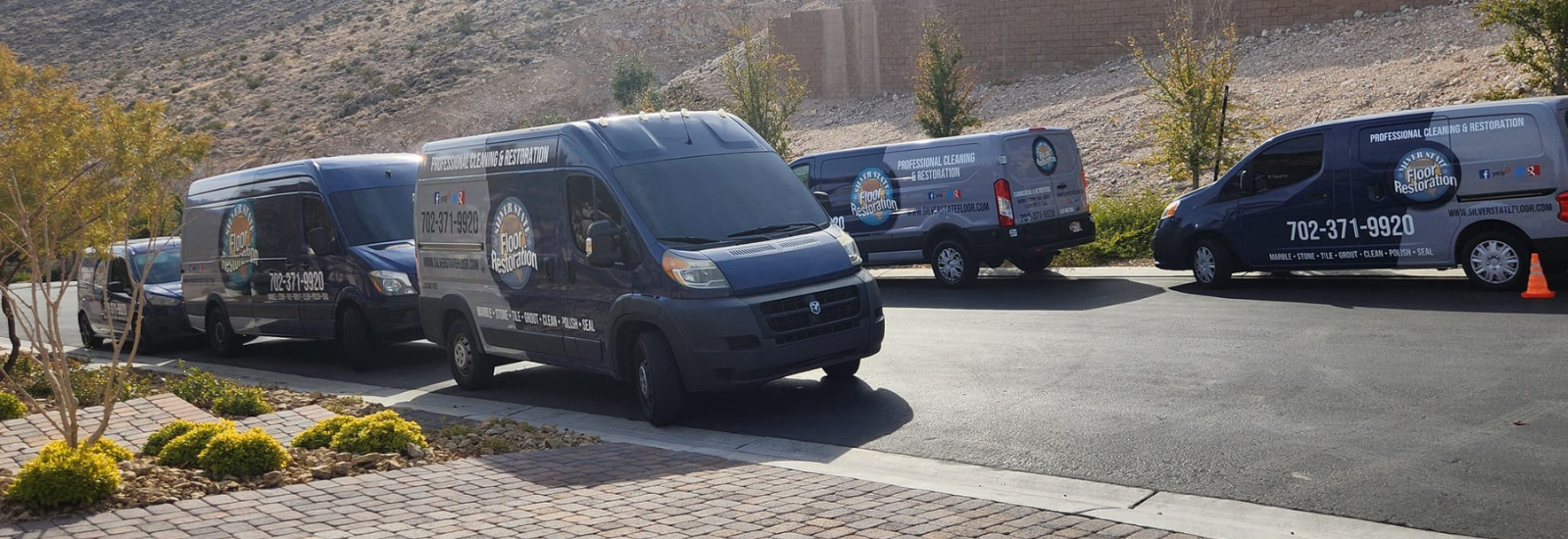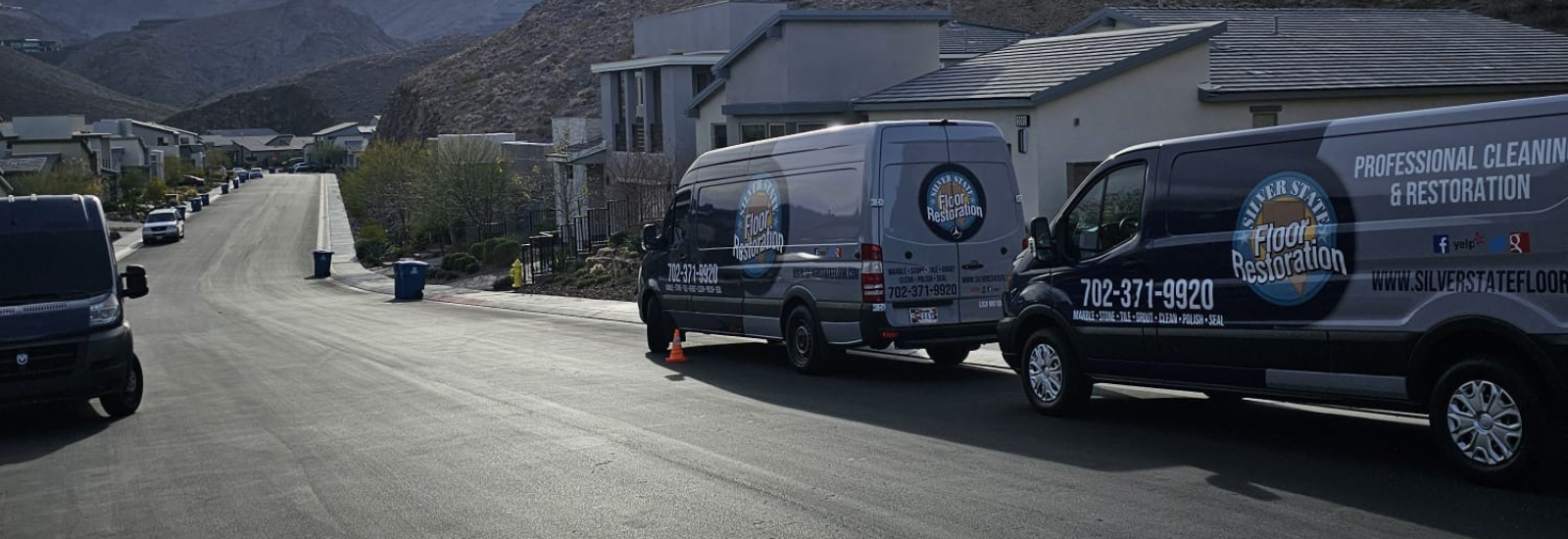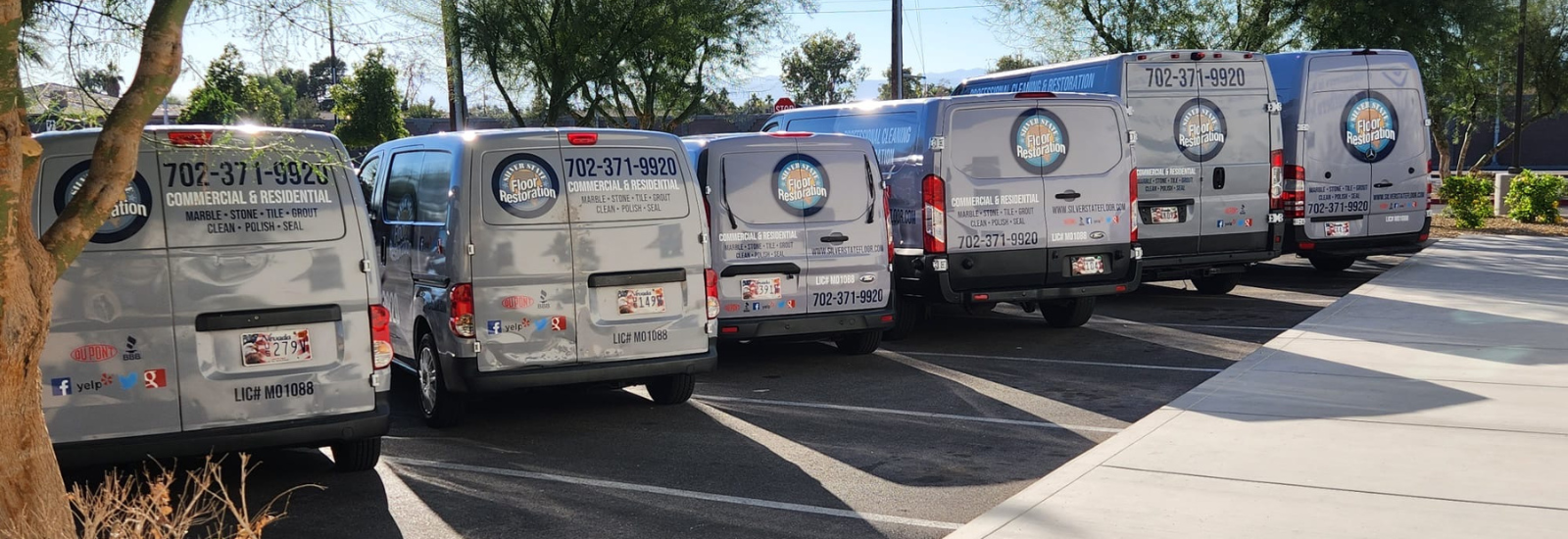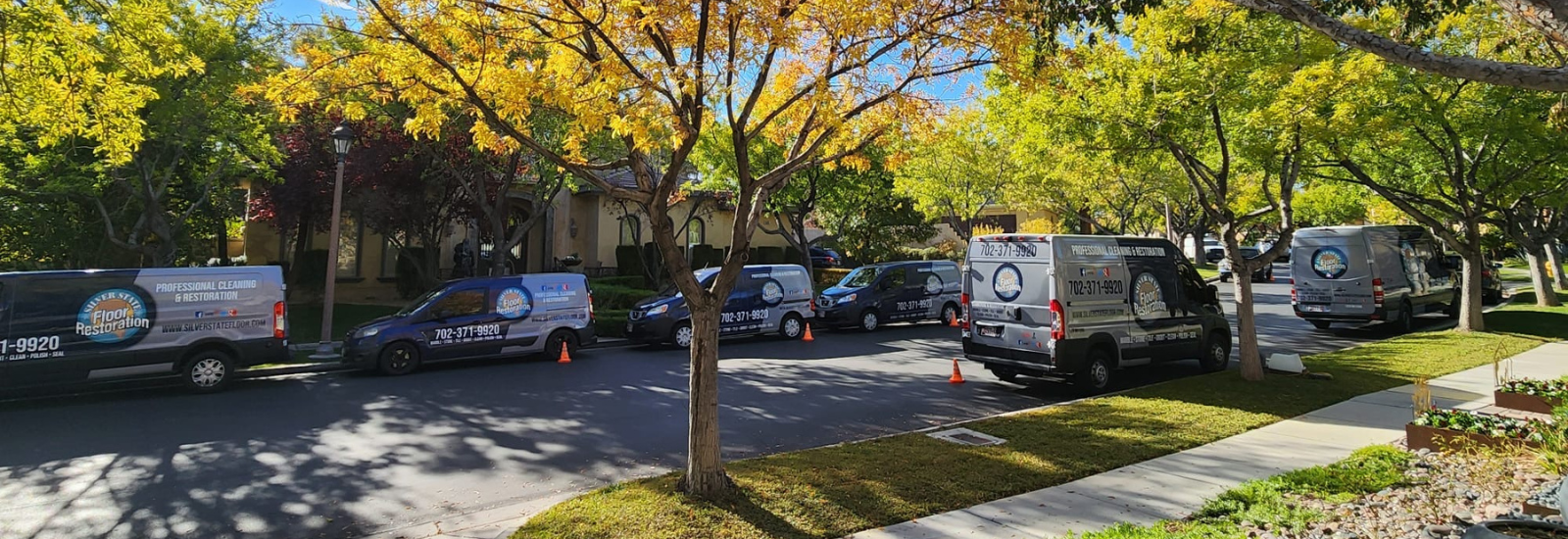Being commonly misunderstood, marble polishing and etching come from the dull water spots and glass-rings that are an eyesore. False assumptions and incorrect ideas about how to polish marble or how marble polishing is actually performed to create a shiny surface finish are common. Unfortunately, quite a few think the shine or polish on marble comes from applying a potion, lotion or chemical during marble cleaning. Also, it is believed that all marble is supposed to be shiny, and it is only some kind of a stain to see the dull etch marks. Today, we at Silver State Floor Restoration would like further to enlighten you with the basics of marble polishing.
What are the Different Marble Finishes?
Since the term “polish” has a number of subtly different meanings in the stone industry, it’s not surprising there’s confusion surrounding the topic of marble polishing. Generally, referencing to the type of finish on marble, travertine, limestone, granite or any natural stone is most often what is meant by polish, polished, or polishing. Styles or looks depending on what is wanted by the buyer with natural stone can be finished with a number of different surface types. The shiny, high-gloss type of finish with the deepest color saturation commonly seen on marble and granite countertops is a polished finish. Many people believe that all marble is supposed to be polished or shiny because a polished/shiny finish is so common. Marble, or nearly any stone, can have a number of different finish types. It is not reflective or shiny and the colors are more muted is honed finish and satin-smooth, and this referred to as a matte finish. Tumbled, antiqued, brushed, hammered and more are other surface finishes. All of them are non-reflective and each of these has a different look. The high-gloss, shiny surface is polished.
What is a Honed Finish on Marble?
Since it’s easier to maintain, it is very common for marble floors to have a honed finish. Many stone colors and patterns are more appealing with a honed finish, even though colors are more muted with a honed finish. Creating dull trails around the floor on a shiny polished finish will wear down with foot traffic. Dust and dirt are seen much more easily on a polished floor as well. Because it seems dull compared to the shiny marble seen in hotels, etc., sometimes people buy a house with a honed floor and mistakenly think that something is wrong with it. The reason that it should be shiny, or it just needs polishing with a marble polish.
How Do You Polish Marble?
By applying some type of chemical or polish to the surface, it is a common myth that the shine on marble countertops and floor tile is achieved. It is part of the marble itself, the shine on marble is not something that sits on top of the marble. As it utilizes as physical process, like sanding wood, to bring back the shine while there is one situation where a chemical compound can be used to polish marble. The chemical itself does not supply the shine. This specialized product is engineered to work on marble (travertine or limestone too) that was originally polished to a shine, as well. Though it is insufficient to create that shine from raw marble to begin with, it restores a damaged shiny finish. By high friction on huge stone polishing machines at the factory long before it gets to a stone warehouse, showroom, or to your kitchen or bathroom countertop, the shiny polish seen on marble slabs, countertops, tile, and other stones is achieved.
Natural Stone Cleaning, Sealing & Polishing in Aliante, Desert Shores, Centennial, Eldorado, Enterprise, Green Valley Ranch, Henderson, Lone Mountain Village, North LV, Peccole Ranch, Paradise, Silverado Ranch, Spring Valley, Summerlin, Sunrise Manor, Tuscany Village, Whitney, Winchester & Las Vegas Nevada
For your cleaning, sealing, and polishing services, call the experts of Silver State Floor Restoration.













